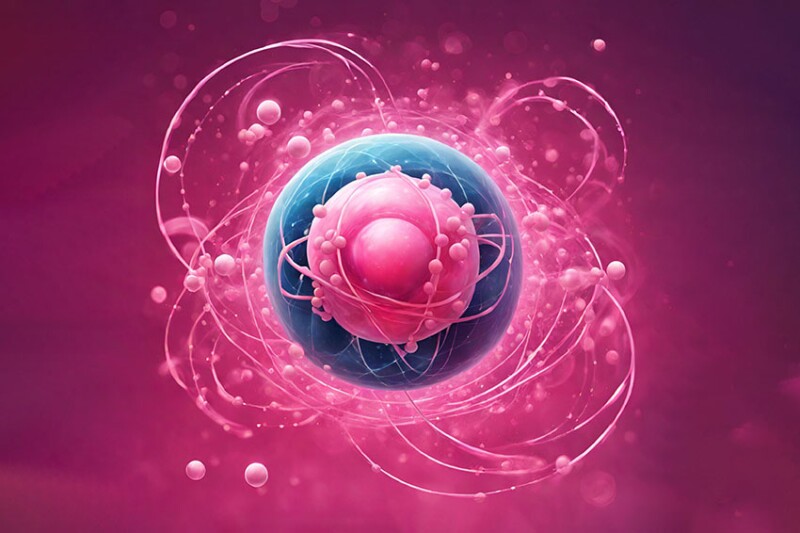The rainbow of colors of potential hydrogen sources as alternative energy share two sticking points: the economic feasibility of the advancement of the technologies required for real-world applications and the ultimate cost of supply to its end users.
Pink hydrogen, produced through water electrolysis powered by nuclear energy, recently drew attention which underscored the decision-making to advance such projects.
Constellation Energy, the operator of the largest fleet of nuclear plants (21 reactors) in the US, announced its plans in October 2023 to build the world’s largest nuclear-powered clean hydrogen facility at its LaSalle Clean Energy Center in Illinois.
The nuclear powerhouse is a participant in the Midwest Alliance for Clean Hydrogen (MachH2) hub selected for funding of up to $1 billion by the US Department of Energy (DOE) under the Infrastructure Investment and Jobs Act.
Constellation intended to use a portion of the funding to build the facility estimated to cost $900 million. Annual pink hydrogen production was forecast to be about 33,450 tons.
Joe Dominguez, president and CEO of Constellation, said at that time, “In the months leading up to this selection, Constellation, organized labor partners, and business leaders have urged the administration to provide important guidance implementing Congress’ intention to allow hydrogen production using carbon-free power from existing nuclear stations to earn tax credits contained in the Inflation Reduction Act (IRA). Without those credits, projects like this one will not go forward. Today’s award is proof positive that DOE and the administration want existing nuclear energy to play a vital role in jumpstarting domestic hydrogen production, and we look forward to final Treasury Department guidance.”
In December, the preliminary guidelines were issued, and they included a speed bump that brought Constellation’s plan to a halt. The appeal of advancing pink hydrogen faded with the proposed stipulation of “additionality,” which would require the nuclear power to be generated by new plants. Additionality is not limited to pink hydrogen; it would apply to all forms of clean hydrogen.
Dominguez told Bloomberg News, “The uncertainty around the regulations has brought us pretty much to a full stop.” He warned that the rule would likely kill the production of pink hydrogen in the US. “There’s no business case [for constructing new reactors],” he told Bloomberg. The billions of dollars and time required to build new plants introduce enormous challenges to this nascent technology already facing hurdles. He added, “I’m frankly frustrated this issue has come up. It’s crazy.”
Additionality is intended to prevent the use of existing generation capacity—be it renewable energy such as solar, wind, or nuclear—for hydrogen production. The concern is that using established capacity could reduce the supply of power available to the grid and shift reliance back to fossil fuel to make up for a resulting gap in supply and demand.
Fitch Ratings said in early March that the proposed federal tax credit rules under the IRA offer up to a $3/kg hydrogen production tax credit, which could reduce production costs by 50 to 75%.
However, the additionality provision could inflate capital costs or introduce counterparty risks if third-party facilities are utilized. The deliverability standard, mandating proximity between renewable energy sources and hydrogen production sites, may decrease efficiency and market access by requiring costly pipeline infrastructure.
Projects are expected to synchronize hydrogen production with renewable energy availability on an hourly basis, potentially reducing capacity factors to 46 to 72%, compared to 100% with annual matching. This could lead to reliance on multiple renewable energy sources, particularly for solar-powered projects facing intermittent production constraints.
Fitch concluded that despite the tax credit program’s aim to bridge the gap between high hydrogen costs and end-user prices, the revenue/expense gap for these projects may remain a barrier.
Although Constellation has declared a pause on the MachH2 hub, it announced the startup of production of pink hydrogen at its Nine Mile Point nuclear plant in New York last month. The demonstration project, producing 1.25 MW of nuclear power to make 560 kg of hydrogen daily, was the result of a $5.8 million DOE grant in 2021.
The DOE assistant secretary for nuclear energy, Kathryn Huff, said in statement, “This accomplishment tangibly demonstrates that our nation’s existing reactor fleet can produce clean hydrogen today.”
Constellation is forging its own path. It offered what it called “the first corporate green bond in the US that can be used to finance nuclear energy projects.” Proceeds from the issuance can be used to finance projects such as nuclear uprates, which increase production of energy, technologies to produce hydrogen, energy storage systems, and wind repowering.
The company ranked ninth in Barron’s annual “100 Most Sustainable Companies” list, which measures the largest 1,000 publicly traded US companies using 230 environmental, social, and governance criteria ranging from workplace diversity to greenhouse-gas emissions. This was its first time to make the list, achieving the highest score of any energy company.


